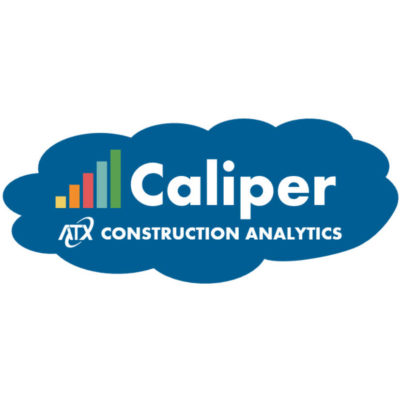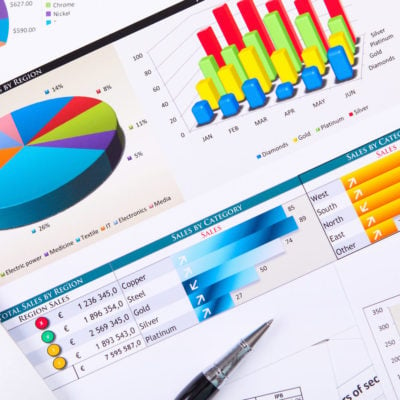Determining When It’s Time to Change to Your Enterprise Applications
The capabilities of your ERP, financial accounting, CRM and other enterprise applications play a major role in the success of your business. If they function smoothly and allow your employees to focus on customer relationships and delivering products and services, you will likely thrive.
But if those same applications hinder business processes, profit margins will shrink, and your internal teams will become frustrated. You may find your business in a rut that it can’t get out of.
The key is to proactively assess the capabilities of your enterprise applications and identify ahead of time when it’s time to make a change. The change may be relatively simple, such as upgrading to a new version of the software you are currently using or implementing existing unused functionality.
Or you may decide to migrate to another software solution altogether. Another option could involve moving your application to the cloud, or if your current cloud environment is not working well, perhaps it’s time to move to a new cloud solution provider.
Change Drivers
Most ERP, financial and CRM platform changes are driven by a noticeable gap in the technology capabilities of the current software or by a significant business event. Here are the common drivers that just about every business encounters at some point:
Technology Gap Drivers
- A platform that no longer supports the rapid growth of the company
- An aging platform that does not keep pace with current technology
- Limited integration with other applications so that processes function in isolation
- Too many add-on applications, creating a difficult-to-manage software architecture
- End of vendor support for the current software release
- Lack of significant improvement with recent upgrades
Business Event Drivers
- Significant business growth requiring investment in a scalable infrastructure
- Business transformation, such as a new product line or set of services
- Regulatory changes that the current software can’t conform to
- Merger or acquisition activity
- Downsizing / cost reduction initiatives
- Transition to new management with a preference to use different software
To determine if it’s time to make a change for your business, conduct an analysis that compares the pain of standing still vs. the value expected from a new software solution. Chances are the decision will come to you intuitively; the key is to sense the need before the pain grows too intense.
Symptoms Indicating It’s Time to Change
Tell-tale signs on the front lines that indicate it’s time to make a change include the financial team finding it takes an unusually long time to close out each accounting period. They have to track down information from multiple places instead of having all the data flow into one report.
You may also discover that personnel from various departments need to manually enter data multiple times. This adds to resource costs and increases the likelihood of input errors along with employee frustration of knowing that the work they are doing is not adding value to the business.
Another sign comes from managers and executives, who find it difficult to access and manage the data they need to make business decisions. What’s even more frustrating is when the data from one system does not reconcile with the data from another system.
A common symptom when this occurs is the widespread practice of individuals exporting data to Excel and creating their own personal reports. While this may help individuals in the short-term, it creates additional silos of information that can’t be easily shared, and generating the spreadsheets requires unnecessary admin time. Businesses need enterprise software that produces KPIs with an easy point-and-click and makes the data available to everyone in real time.
If you have added multiple bolt-on applications for supporting routine processes within an enterprise application, you are likely forcing your staff to manually intervene when handling data between the applications. By upgrading, you can automate and manage workflow processes so that people can work more efficiently and reduce manual data entry.
External regulatory changes could also impact your decision on when to change out an enterprise application. Legacy software usually does not keep pace with compliance mandates. That means compliance has to be managed offline, which can be extremely burdensome on staff resources.
The Pace of Change
Changes to ERP and financial systems typically take place every 7-10 years for small to medium-size businesses while large enterprises will typically go through a major transition every 10-13 years. If any of the drivers listed above become acute, or if a significant merger/acquisition occurs, the timeline is usually condensed. The emergence of a new technology may also prompt a shorter cycle time.
Moving to the cloud will ameliorate the technology drivers somewhat as software and hardware will automatically be upgraded by your cloud provider. The cloud also enables your systems to scale as your business grows.
However, you may find that your business does not require all the functionality of the software that a cloud provider is charging you for. It may make sense from a cost standpoint to downgrade the functionality or move to other software offering functions that better match your requirements.
Don’t Wait Too Long
Whether it’s ERP, financial accounting, CRM or some other enterprise application—such as human resources management, project management, or professional services automation—determining if and when to make a change is critical to the long-term health of your business. If the new software platform you choose to deploy is about to be upgraded to a new version, it may make sense to hold off until the bumps of the new release are worked out. But if your business is feeling significant pain due the factors listed above, it otherwise makes sense to move forward as quickly as your company can absorb the change.
Don’t wait too long—you’re likely impairing the productivity of your employees, and that has a negative impact on the customers who want to purchase your products and services. There will always be reasons or excuses for delaying the decision to change, but if your company is hurting, you need to take the plunge and feel confident you can adapt if business conditions change.
Your IT partner can help you deploy a modern, flexible architecture with an ecosystem of vendors providing supporting products to handle whatever comes your way. You won’t be boxed in!




